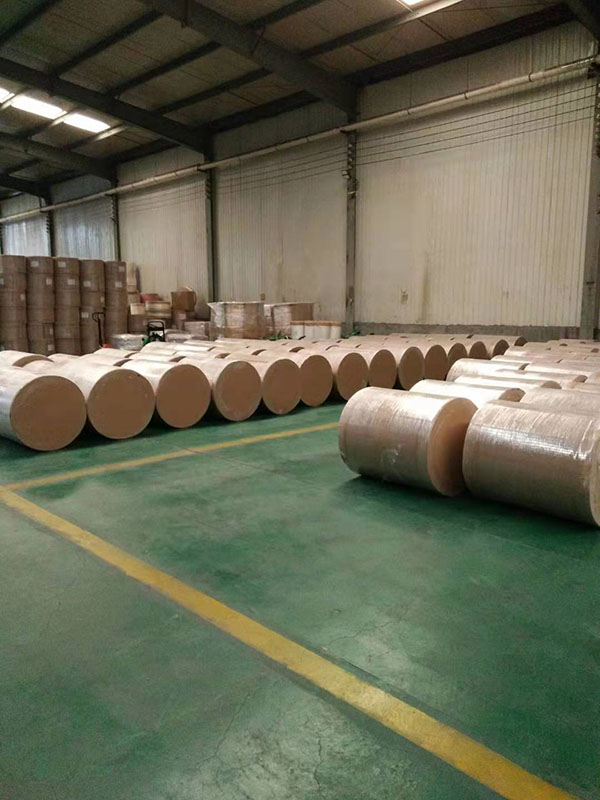វិច្ឆិកា . 25, 2024 16:38 Back to list
air filter material product
The Importance of Air Filter Materials in Ensuring Clean Air
In today’s world, where air pollution is a growing concern, the significance of air filters cannot be overstated. From industrial applications to residential settings, air filters play a critical role in maintaining air quality, safeguarding health, and enhancing the efficiency of various systems. At the heart of an effective air filter lies its material—an essential component that determines its performance, lifespan, and overall effectiveness.
Understanding Air Filter Materials
Air filters are constructed from a variety of materials, each designed to capture particles of different sizes and types. Common materials used in air filters include fiberglass, pleated paper, polyester, and foam, along with advanced materials such as HEPA (High-Efficiency Particulate Air) and activated carbon. The choice of material directly influences the filter’s ability to trap pollutants, allergens, and other hazardous substances.
1. Fiberglass One of the most traditional materials, fiberglass filters are known for their affordability and low resistance to airflow. They operate on a basic principle of trapping larger particles, making them suitable for basic filtration needs. However, they are not effective in capturing smaller particles, such as smoke or bacteria.
2. Pleated Paper Pleated filters, made of paper or synthetic fibers, offer a larger surface area due to their accordion-like structure. This feature allows them to capture more particles compared to flat fiberglass filters. They strike a balance between price and performance, making them a popular choice for residential HVAC systems.
3. Polyester Polyester filters are increasingly favored for their durability and efficiency. They can be designed with varying MERV (Minimum Efficiency Reporting Value) ratings, allowing users to select filters that best meet their air quality needs. These filters can capture a wide range of particles, from dust to pollen.
4. HEPA Filters HEPA filters are engineered to capture 99.97% of particles that are 0.3 microns in size. Made from a mat of randomly arranged fibers, HEPA filters provide superior filtration and are particularly important in environments where air quality is paramount, such as hospitals and laboratories.
air filter material product

5. Activated Carbon For odors and gaseous pollutants, activated carbon filters provide effective solutions. These filters use a process called adsorption, where pollutants adhere to the surface of the carbon, removing harmful gases from the air. They are often combined with other filter types to enhance overall air quality.
The Role of Air Filter Materials in Health and Environment
Air quality has a direct impact on human health. Poor air quality is linked to respiratory issues, cardiovascular diseases, and weakened immune systems. By utilizing high-quality air filter materials, homes and workplaces can achieve cleaner air, contributing to better health outcomes. Industries also benefit from efficient filtration systems, which can reduce emissions and safeguard the environment.
Selecting the Right Air Filter Material
When choosing an air filter, it is important to consider factors such as the specific contaminants present in the environment, the filter’s lifespan, and the airflow requirements of the HVAC system. For instance, HEPA filters may be ideal for environments where airborne pathogens are a concern, while activated carbon filters are a necessity for spaces that struggle with odors or chemical fumes.
Conclusion
In conclusion, the material of air filters is a critical element that significantly influences their effectiveness in providing clean air. With a plethora of options available, it is essential to understand the properties and applications of various filter materials. Whether for personal health, industrial safety, or environmental preservation, selecting the appropriate air filter material is vital in today’s quest for cleaner air. By prioritizing air quality through the use of advanced filtration technologies, we can create healthier environments for ourselves and future generations.
-
High-Efficiency Active Carbon Air Filter for Air Purifier | Odor & Allergen Removal
NewsJul.23,2025
-
Active Carbon Air Filter for Air Purifier – High Efficiency Filtration Solution
NewsJul.22,2025
-
Durable Sintered Porous Metal Filter Tube Cup & Machines
NewsJul.22,2025
-
Effective Active Carbon Air Filter for Purifiers | Eliminate Odors
NewsJul.21,2025
-
PLJT-250-25 Full-auto Turntable Clipping Machine | Efficient Automation
NewsJul.20,2025
-
Cheap PLJY109-500 Full-Auto HDAF Expanded Mesh Spiral Coiling Machine - High Efficiency & Quality Manufacturer
NewsJul.08,2025
